Key Takeaways
- Monks are straightforward, self-sufficient, and great for learning D&D mechanics.
- Champions offer a simple kit for new players to explore all elements of the game.
- Warlocks, like the Fiend subclass, are easy spellcasters with great roleplaying potential.
There have been a lot of editions of Dungeons and Dragons over the years. Earlier versions of the game were far more complex, but over the decades the game has streamlined mechanics to make for fun, fluid gameplay. There are plenty of classes to choose from, each of which has subclasses. Some of these classes are easier than others, and their subclasses take them in different directions.
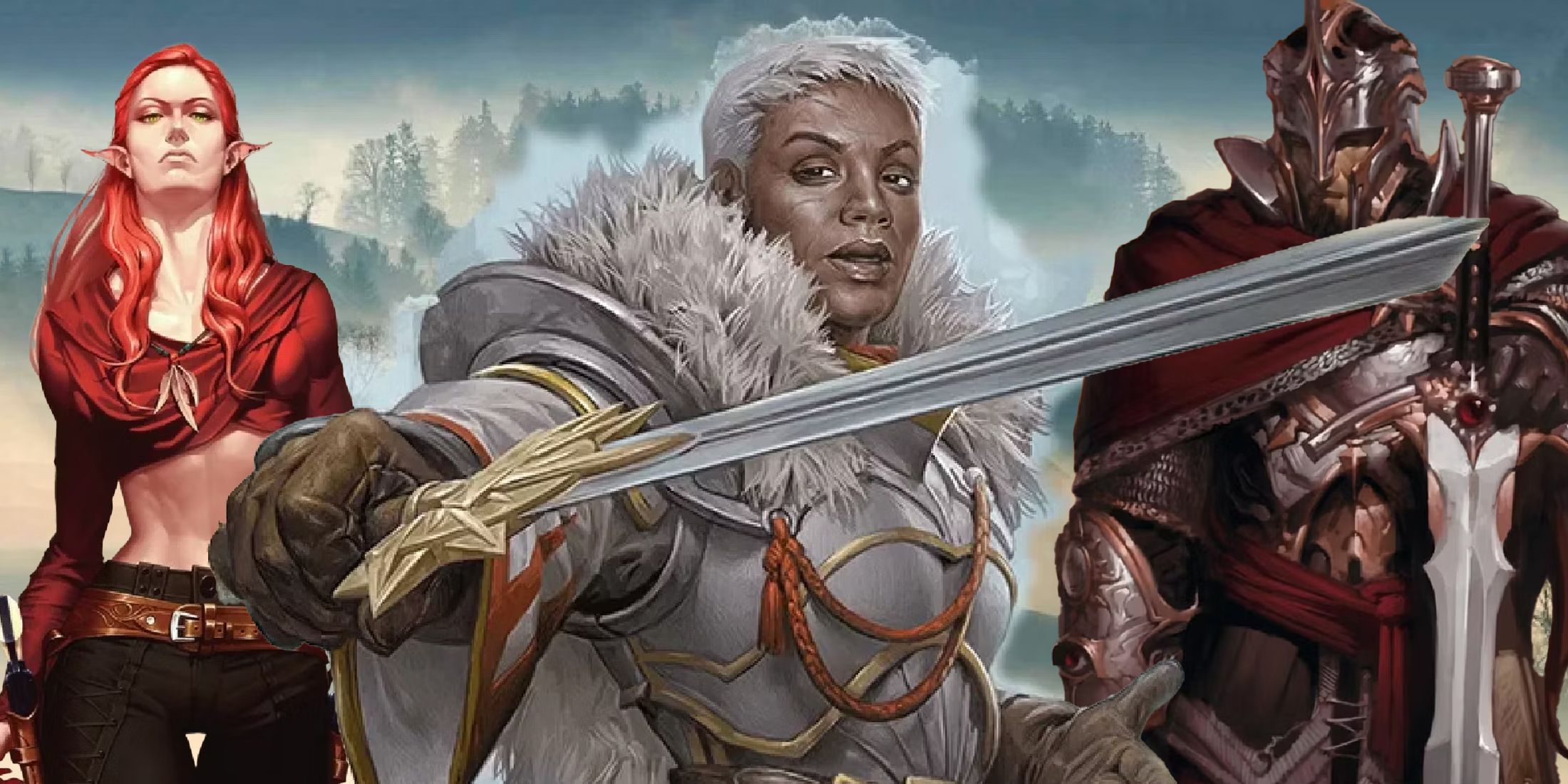
Related
Dungeons And Dragons: 20 Best Feats For Fighters To Take
These feats are guaranteed to bring the edge to any Fighter character in Dungeons & Dragons.
Some subclasses can completely change how their default class plays, while others emphasize a specific aspect. This list will focus on some of the best subclasses for players looking to have fun while they can get a feel for the game and see how other players use more complex characters.
6 Path of the Open Hand
Monk Subclass
- Few points to keep track of
- Subclass enhances the core class
Monks are a very straightforward class to play, as well as being a very self-sufficient class with plenty of versatility. This makes them a great choice for players looking to learn all the mechanics and features of the system. They have a small handful of points to manage and are much easier compared to spellcasters’ long lists of spells.
Path of the Open Hand enhances the core principles of the Monk class, meaning players will not need to learn anything extra or build toward a changing playstyle. Monks also offer a lot of roleplaying potential and can fill gaps in the party’s skill coverage.
5 Champion
Fighter Subclass
- Straightforward character creation
- No spellcasting focus
The Champion subclass for the Fighter and the Berserker subclass for Barbarian are some of the easiest classes to run, but beginners should start something that will let them explore every element of D&D so they can have fun in combat, while out exploring, using a range of skills from different Ability Scores, and to get into roleplaying. Barbarians can be a lot of fun, but newer players might not get into the game as much.
Champions don’t have any spells to concern themselves with and give players a very simple kit to understand the basics of the system. This makes them even easier to learn than a monk, but new players might not be used to roleplaying enough yet to make them feel as exciting. New players will benefit from playing something with more flair to help make things feel more otherworldly and ethereal.
After playing a Monk or Fighter, players should try out a Totem Warrior Barbarian. Barbarians might seem harder to roleplay, but a good background that gives tools can help players build a personality for roleplaying outside of combat. Maybe they hunt small wildlife and make charms out of them.
4 The Fiend
Warlock Subclass
- Large out-of–combat roleplaying potential
- Easiest spellcaster to run
There are various dedicated spellcasters in D&D, including Wizards and Sorcerers. Some classes have access to spells and spell lists while being dominantly martial classes. However, Warlocks are the easiest class to get the hang of D&D’s spellcasting mechanics, including spell slots and spell lists.
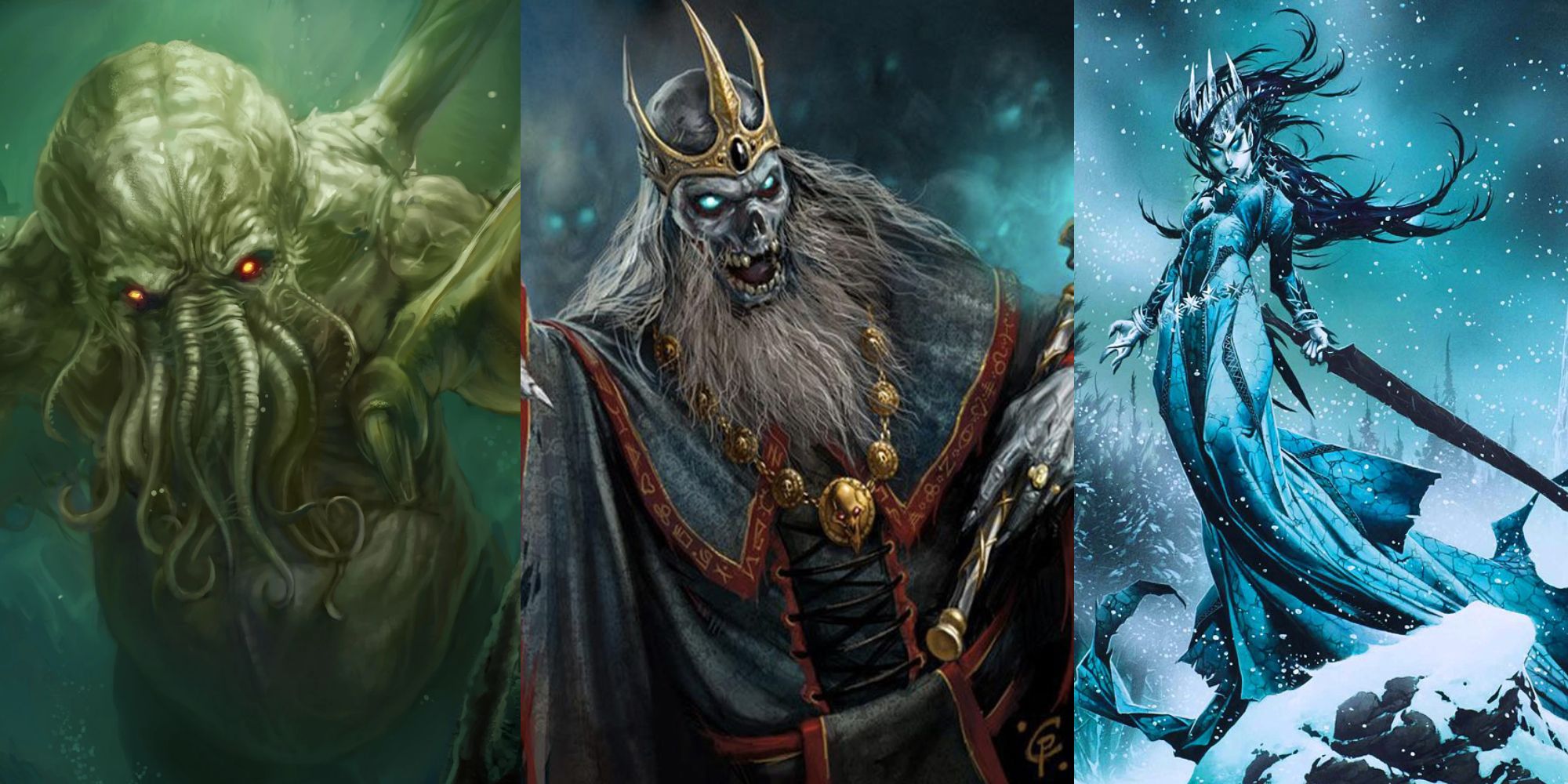
Related
Dungeons And Dragons: All Warlock Patrons, Ranked
There exists an entire pantheon of patrons players can choose for their warlock, but which of these is a god amongst lesser deities?
While other spellcasters need to manage spell slots between long rests, Warlocks can reclaim theirs through short rests. The Fiend subclass is a stable Warlock subclass that will give users more damage and temporary hit points to keep them engaged in fights. The class also uses Charisma as its spellcasting Ability Score, so players will be able to explore plenty of social roleplaying outside of combat.
Sorcerers and Wizards are a good next step in learning the deeper intricacies of spellcasters after playing a Warlock.
3 Life Domain
Cleric Subclass
- Great for learning an extensive spell list
- Great for learning martial combat and being a frontliner
Clerics use Wisdom as their spellcasting Ability Score, but will also need Strength for engaging in melee combat. This hybrid martial and spellcasting playstyle can make them a bit trickier for new players compared to classes like the Ranger or Warlock.
What makes them such a great class for beginners is that they will help them get the full range of everything D&D has to offer. Players who roll clerics have the added benefit of being able to build an intricate story about how they came to be followers of their deity and get into storytelling with a group.
Paladins are similar to Clerics, but use Charisma instead of wisdom. It is a good idea to multiclass a Paladin with a Sorcerer or a Bard to make them far more versatile.
2 Hunter
Ranger Subclass
- All game elements can use Dexterity
- Low spell complexity
Rangers can be very circumstantial and might require the DM to take into account what players have chosen for their Ranger. However, Tasha’s Cauldron of Everything helped make them far more versatile. Rangers’ primary stat is Dexterity, and this will fuel their damage, their defenses, and their skills outside of combat. This makes them ideal for new players who want a single Ability Score to be their primary driving force.

Related
Dungeons And Dragons: All Warlock Patrons, Ranked
There exists an entire pantheon of patrons players can choose for their warlock, but which of these is a god amongst lesser deities?
Players will use Wisdom as their secondary Ability Score to learn spellcasting and get a feel of why it is important to allocate points to more than just 1 Ability Score. The Hunter Subclass will offer powerful, yet easy-to-understand features for players to stay invested in the game. Players can build their entire rhythm around Hunter’s Mark and Goodberry to get the hang of spell management.
1 Gloomstalker
Ranger Subclass
- Great for players who want to learn how to master Stealth
- Can take out strong enemies before combat even starts
The Gloomstalker is another subclass that was released for the Ranger class but changes the playstyle to favor stealth above all else. Hunters a great in and out of Stealth, but the Gloomstalker is synonymous with being an unseen and deadly sniper. They can systematically drop mighty enemies from a great distance with massive damage numbers.
Since it is a Ranger subclass, it lets players learn all the facets of the game but feels more streamlined compared to playing a Cleric. This makes them an incredibly fun subclass with lots of tricks up their sleeves to escape enemies, and their affinity with using darkness lets them perform plenty of stealthy operations and opens up opportunities for ambushing their targets.
Rogues play a lot like Rangers, but their Expertise makes them a utility character. This can be daunting for newer players.
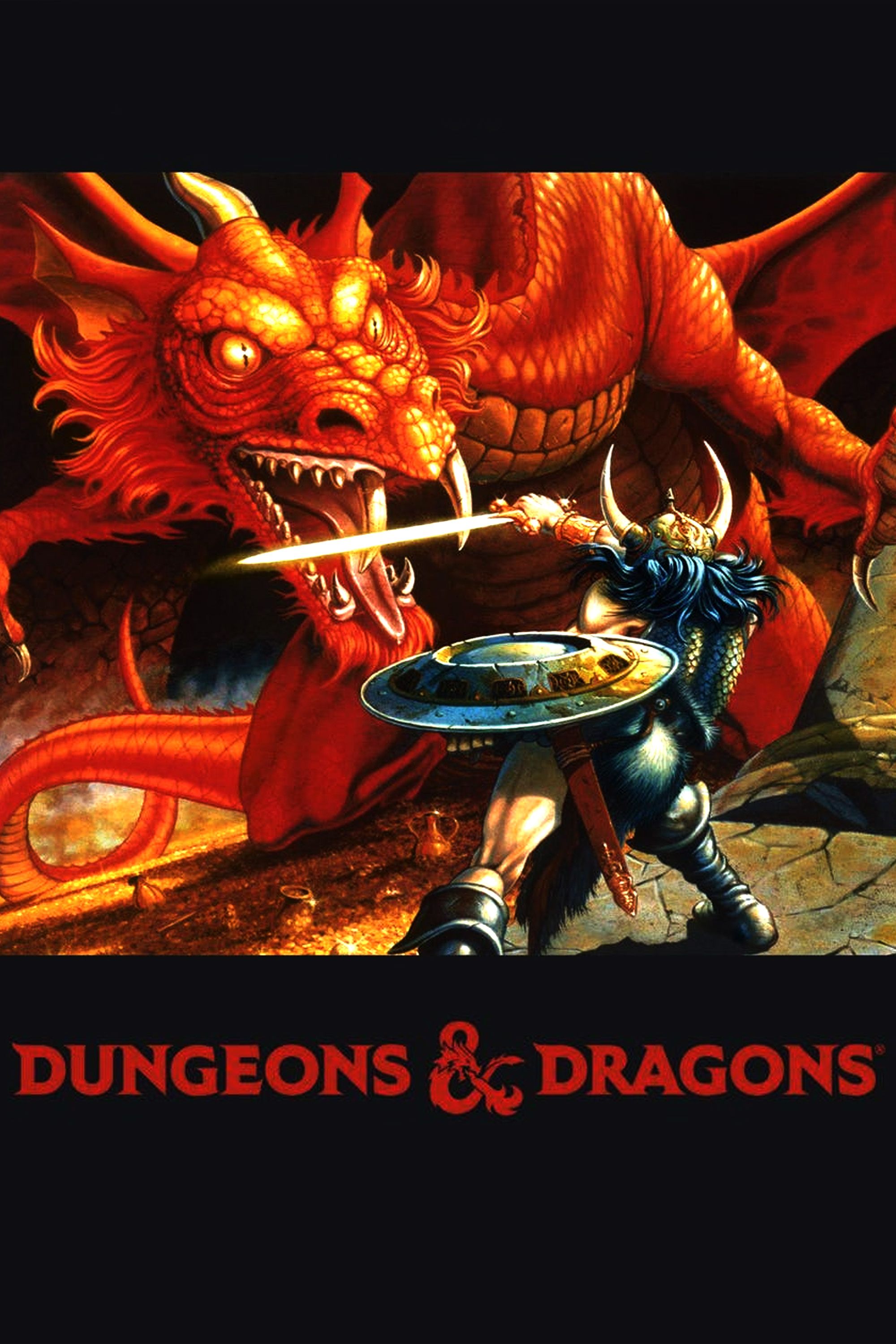
Dungeons and Dragons
- Original Release Date
- 1974-00-00
- Designer
- E. Gary Gygax , Dave Arneson
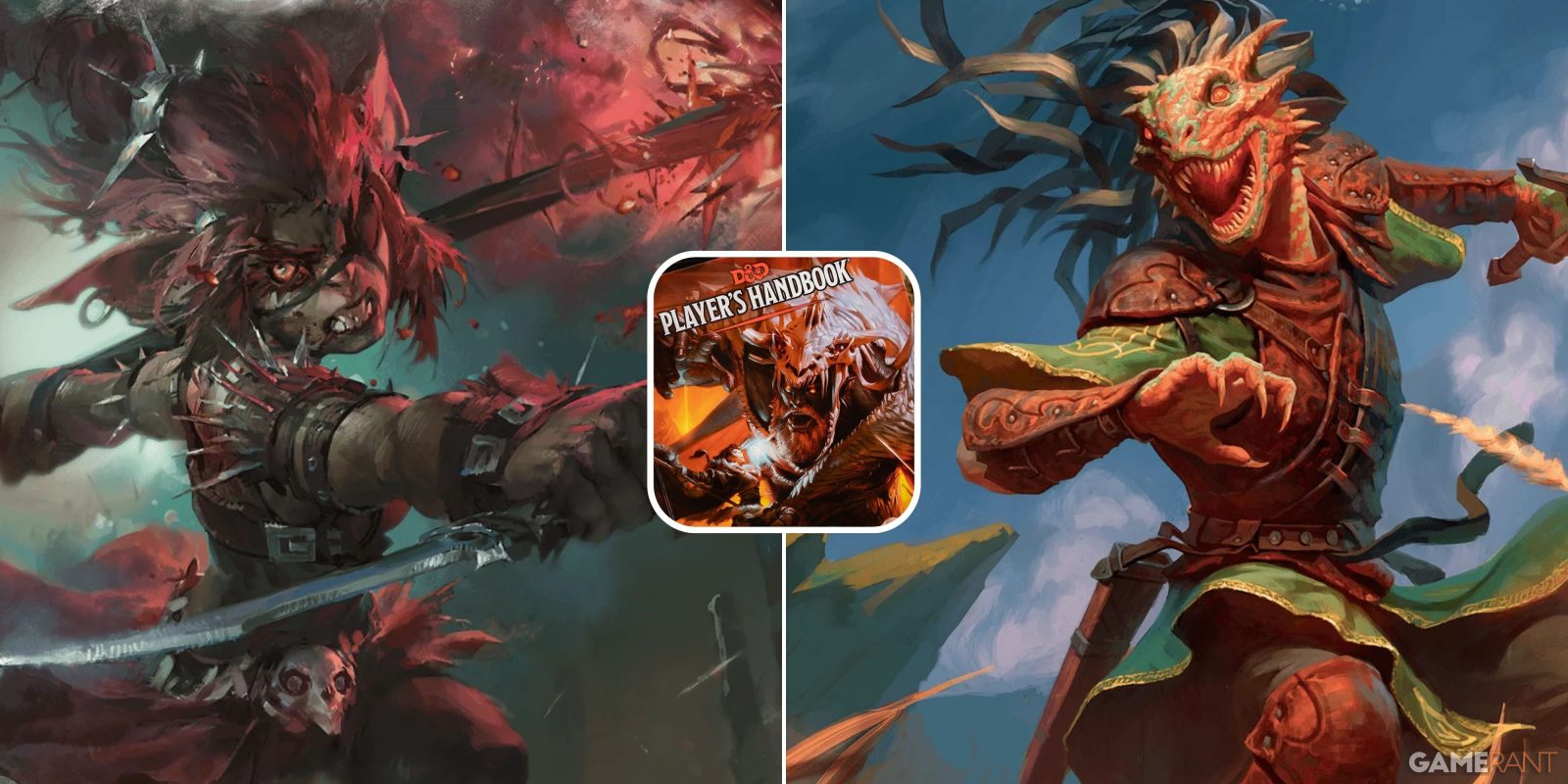
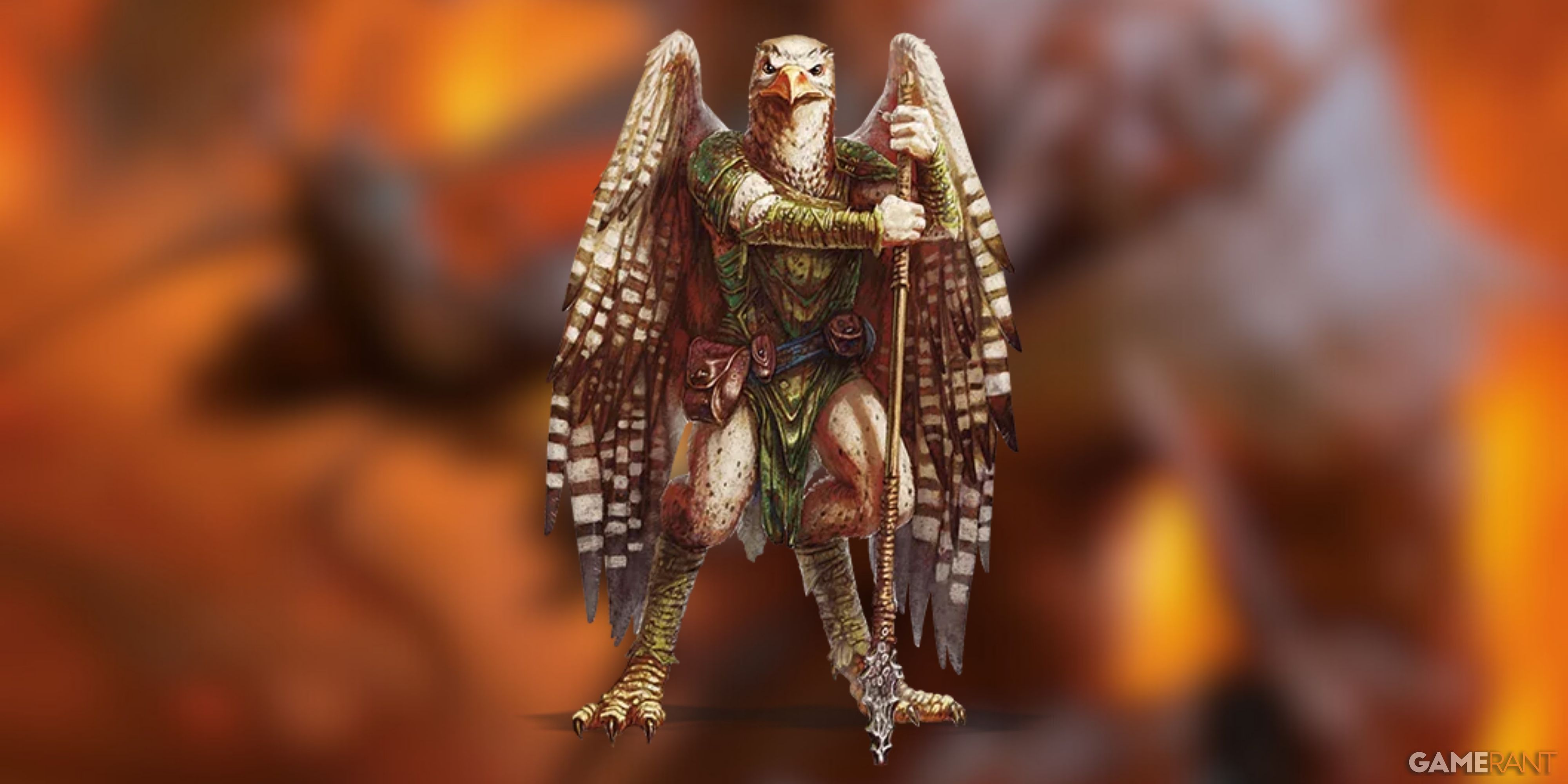
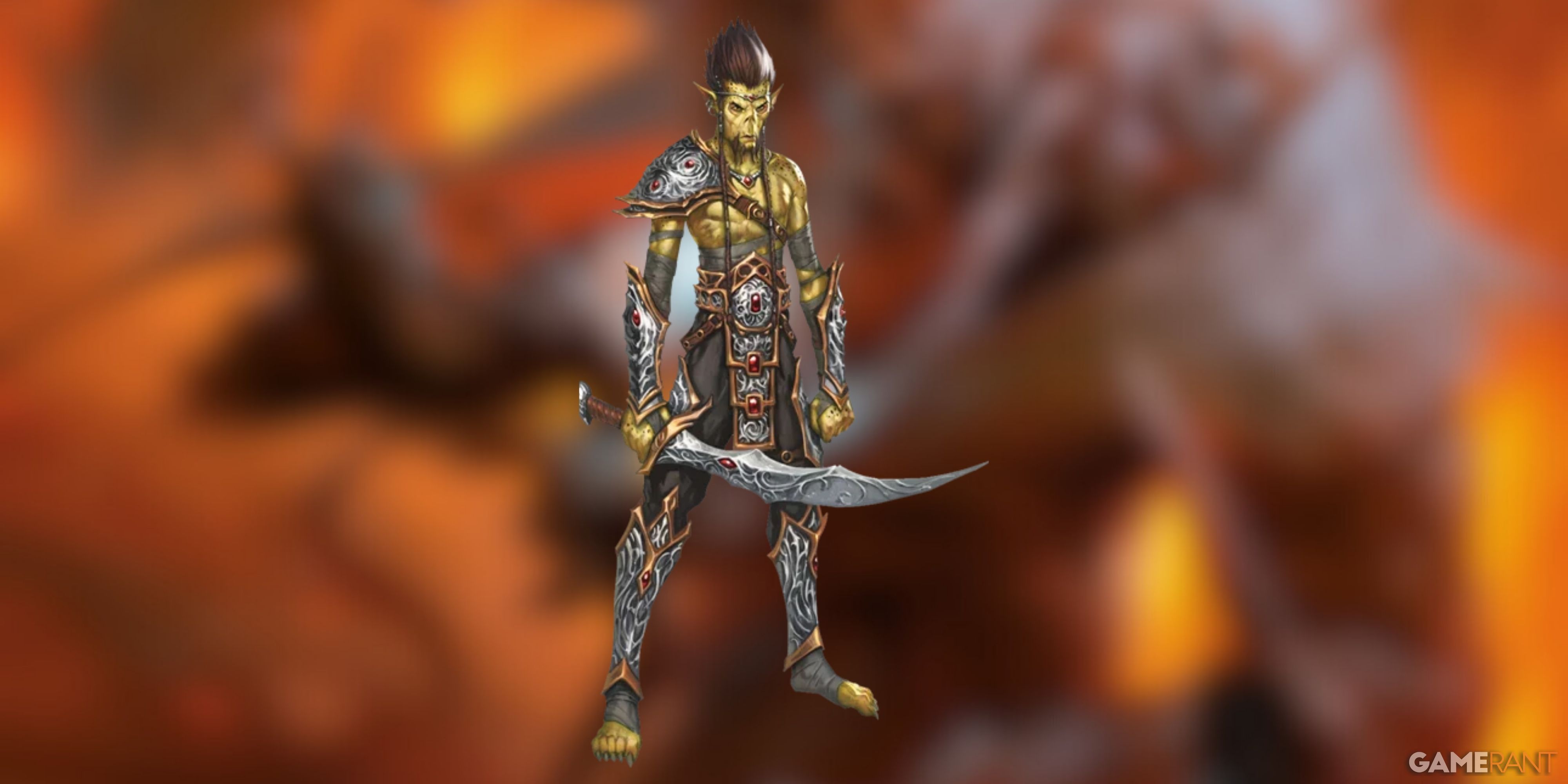
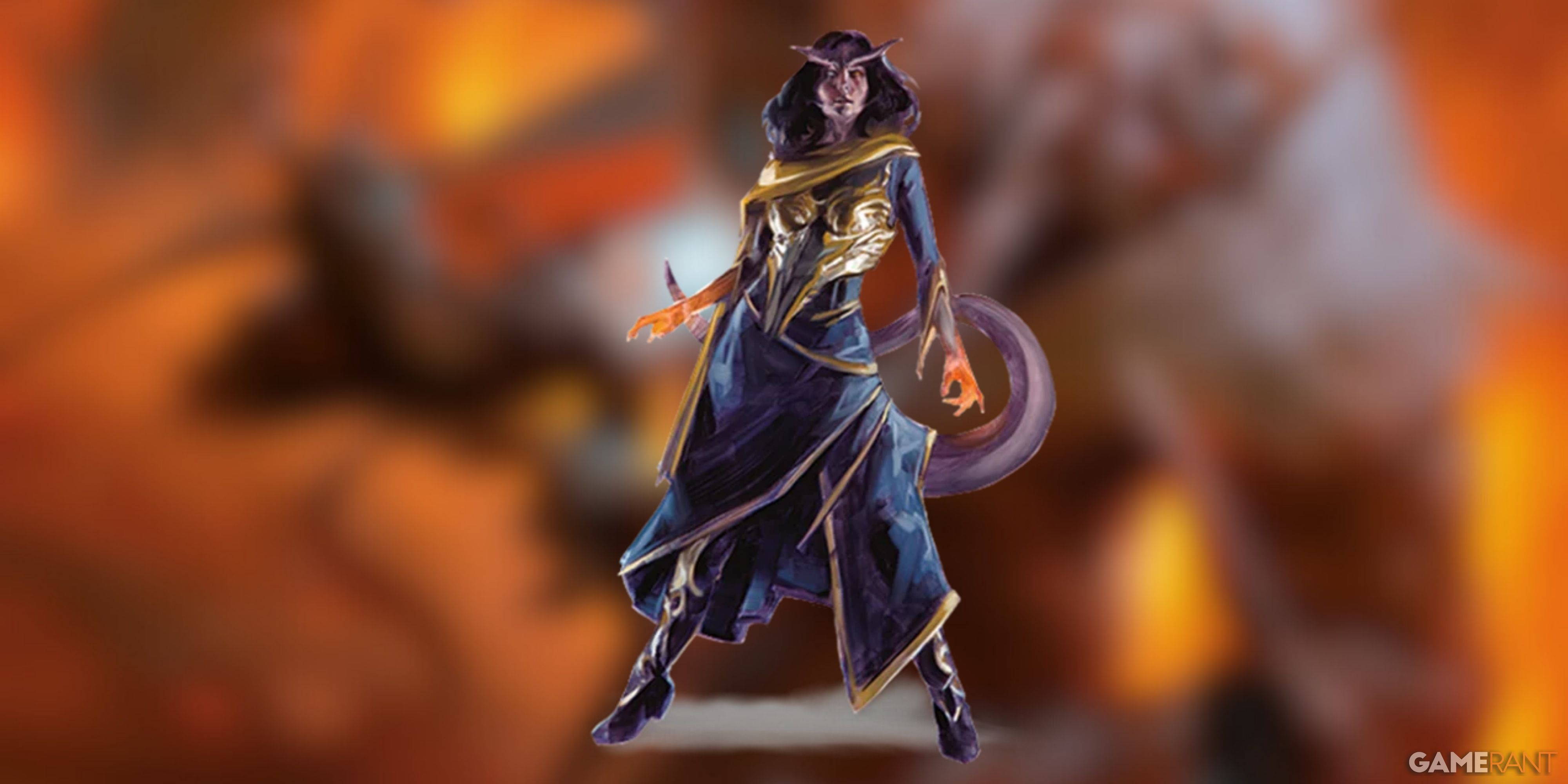
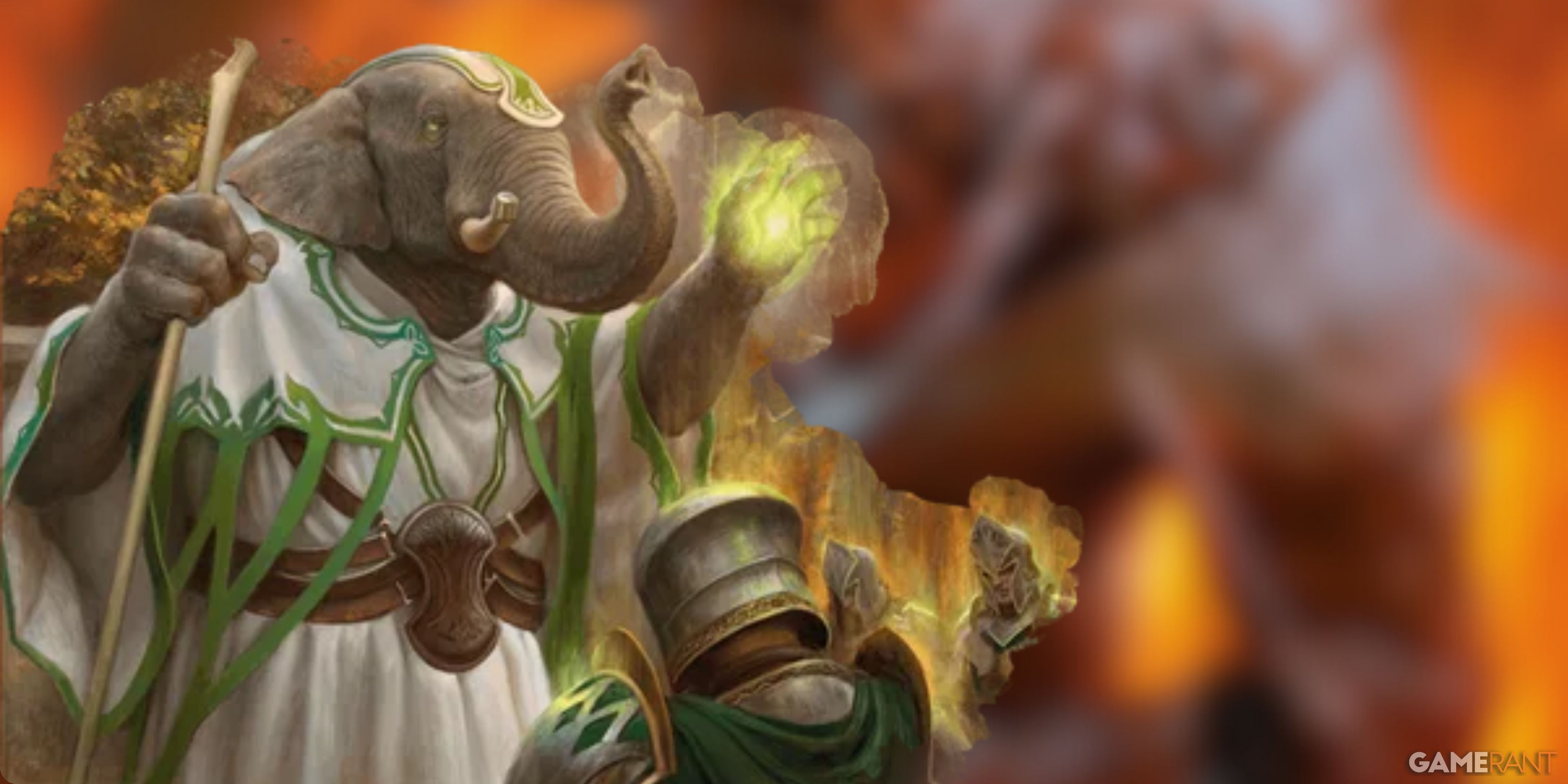
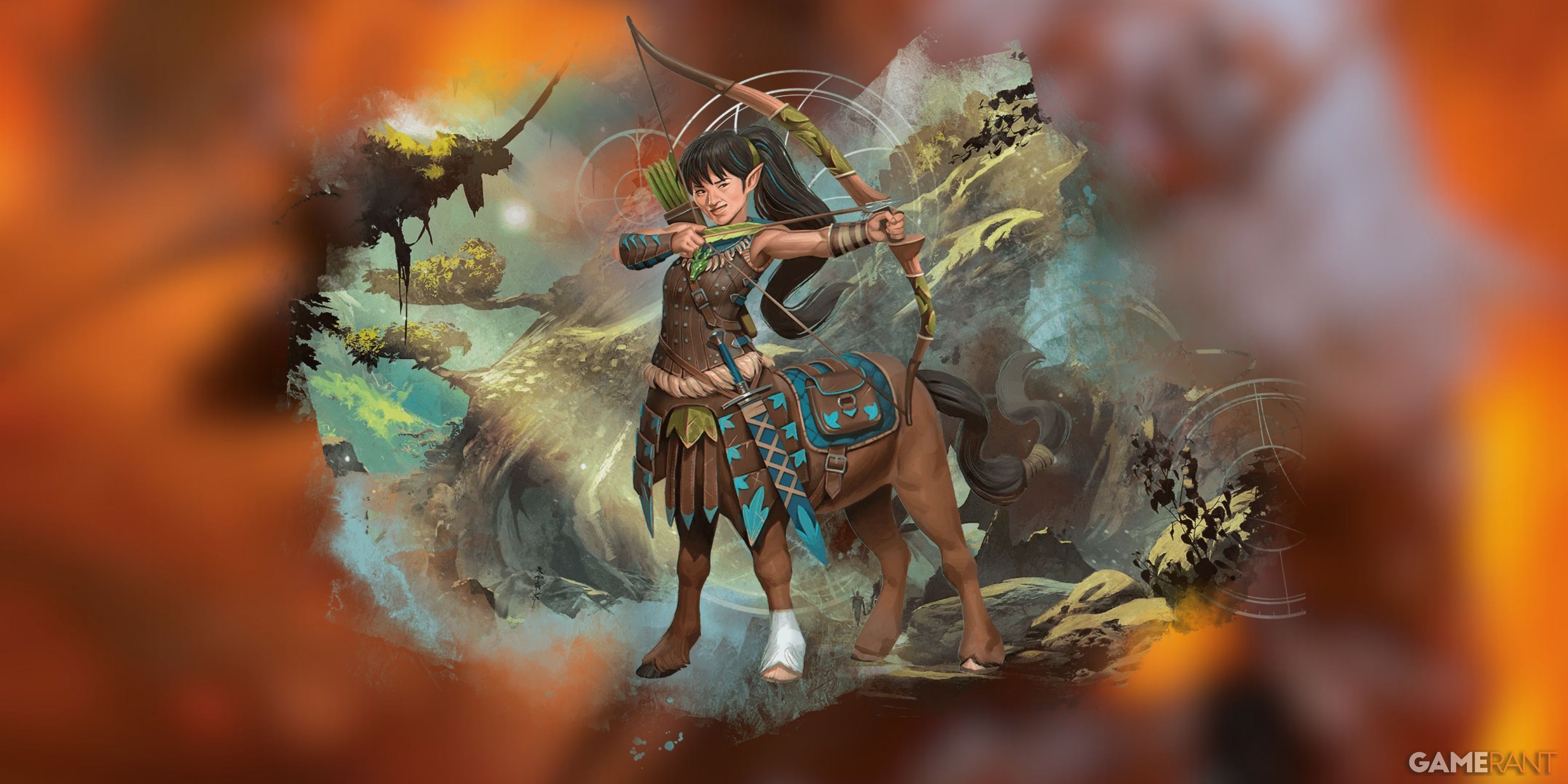
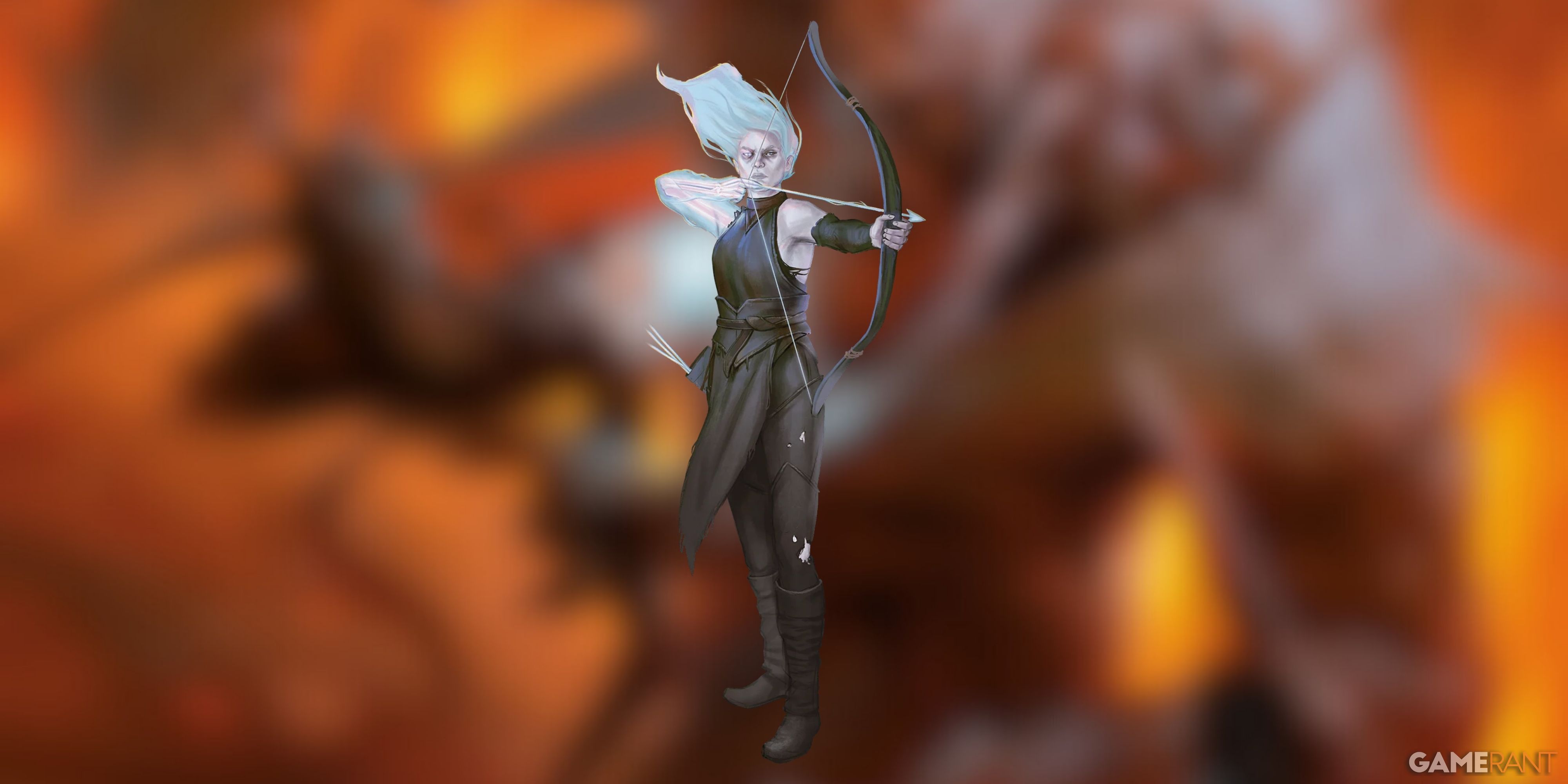



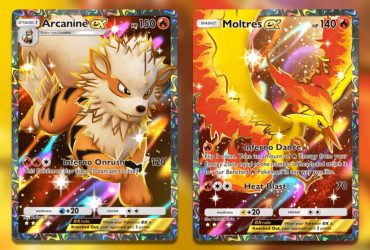
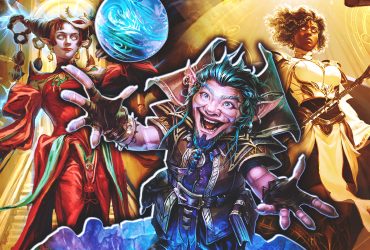
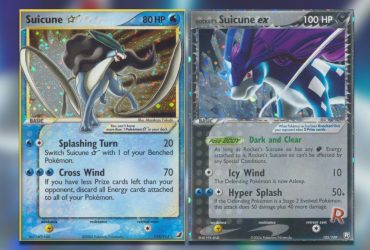
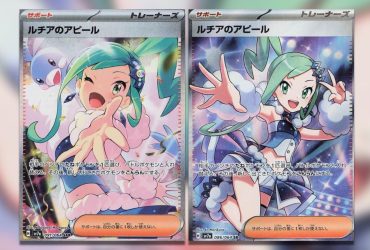
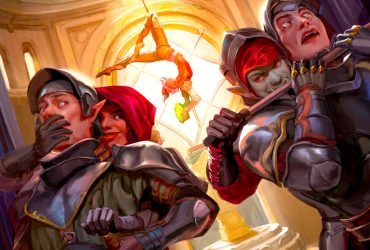

Leave a Reply